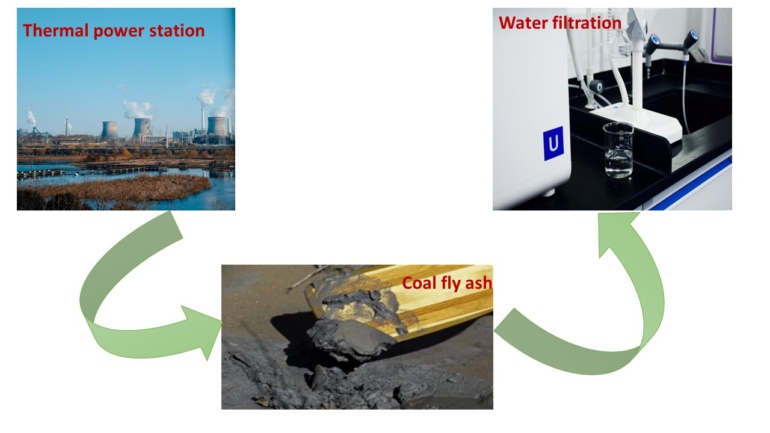By Brigitte Rodriguez, Associate Researcher & Writer for Save The Water™ | January 25, 2023
In recent years, PFAS pollution has become a major issue. PFAS contains chemicals that can endanger humans. They are also located in many consumer products such as water resistant clothing, cosmetics, cleaning products and personal care products. Therefore, researchers have created Submerged Aerated Fixed Film Technology. This alternative will reduce PFAS contamination in bodies of water.
What are PFAS?
The term “PFAS” is short for perfluoroalkyl and polyfluoroalkyl substances (PFAS). Also, known as forever chemicals because they will be with us for a long time.
For example forever chemicals are found in a wide range of consumer and industrial products:
- Building materials
- Cleaners
- Firefighting foam
- Cosmetics
- Takeout containers
Moreover, forever chemicals do not break down easily. Even worse is the fact that they can become concentrated in our bodies and in the world around us.
What is the SAFF technology?
To be specific, “Submerged Aerated Fixed Film (SAFF) technology is a process used to reduce the organic loading of residential and commercial sewage/waste water…” and “Suspended Solids (SS)” from effluent discharge. It thus protects bodies of water, such as rivers and seas.
For instance this technology has several advantages:
- Lower energy use.
- Easy installation.
- Sludge formation is lessened.
- It is easy to maintain.
- It is inexpensive.
How does it work?
Definitely, this technology works by supplying air through the mechanical aeration system. This system can be placed in the water, which then creates foam. After that, the PFAS collect in the foam and can be taken out of the water.
To point out, SAFF technology cleans up PFAS contamination. Certainly it does this by using “the natural properties of PFAS compounds to preferentially bind to the air/water interface of a swarm of rising air bubbles.”
Future perspectives
Indeed SAFF technology sets a precedent for removing PFASs from the aquatic system. In Minnesota, it is currently cycling through thousands of gallons of groundwater each day. Altogether the hope is that this technology can be used to tackle the problem of PFAS on a larger scale.
What can be done to lessen exposure to PFAS?
There are a few ways to reduce the exposure to forever chemicals.
- Avoid products that are water-resistant such as clothing, furniture, bedding and other items.
- Purchase washable items.
- Look for PFAS-free products.
- Stop buying microwave popcorn bags and some fast foods because they are wrapped in material that can potentially contain PFAS.
- Do not use products containing Teflon™.
What Can You Do to Save Water?
There are a few ways you can preserve water:
- Participate in public awareness campaigns to draw attention to the importance of water conservation.
- Take part in public awareness campaigns to draw attention to forever chemicals
- If you live in a country or region with water bodies at risk of pollution, urge your government to improve sewage and wastewater cleanup.




